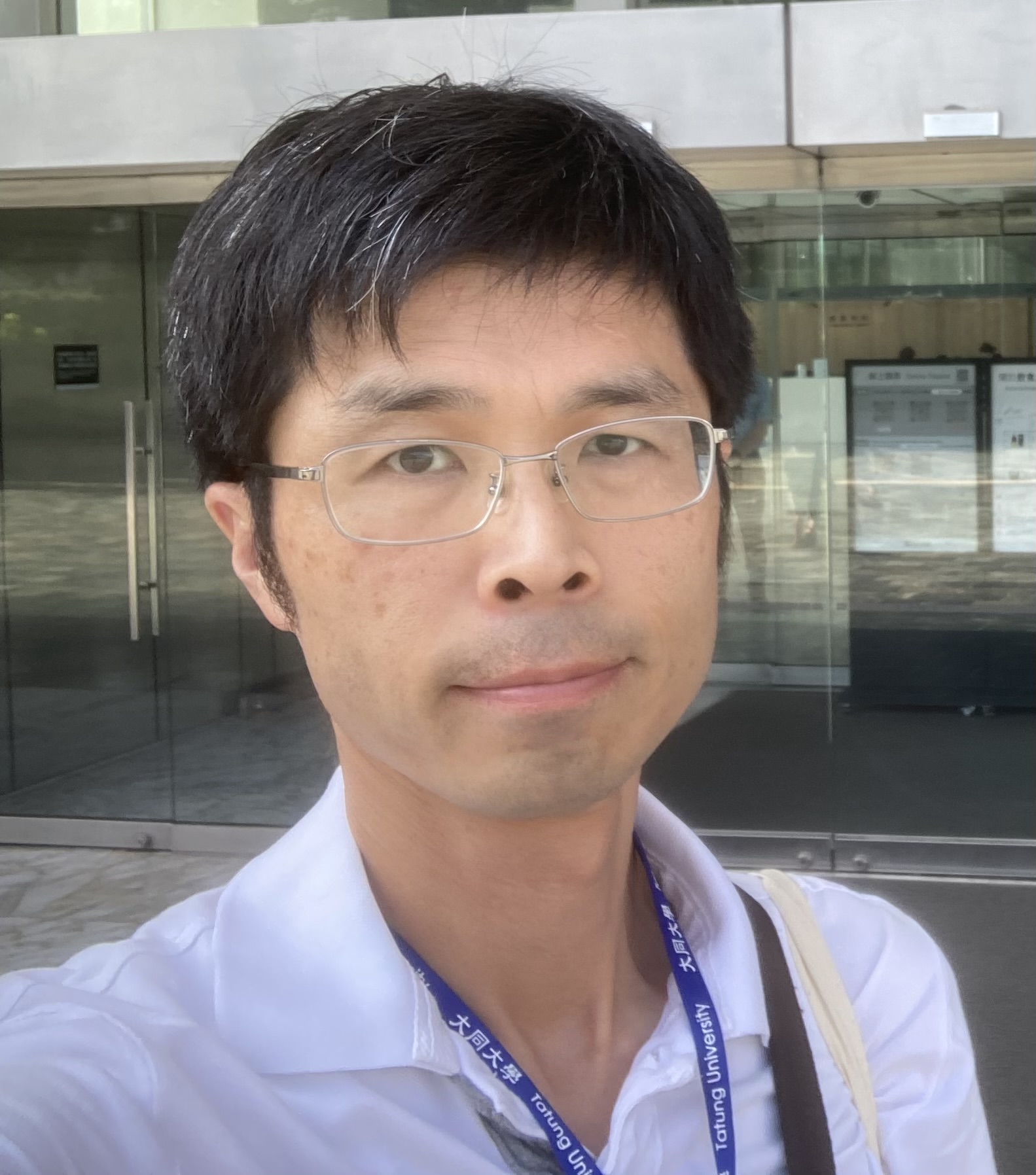
Education:
2003 March Ph.D. in chemical engineering Graduate School of Engineering, Kyushu University,
1999 March M.S. in information engineering Graduate School of Engineering, Kyushu Institute of Technology,
1997 March B.S. in information engineering Department of Biochemical Engineering and Science, College of Computer Science and Systems Engineering, Kyushu Institute of Technology
Professional experience:
2018 April- Associate professor, Department of Biomedical Engineering, Osaka Institute of Technology, Osaka, Japan
Major in Applied Chemistry, Environmental and Biomedical Engineering, Graduate school of engineering, Osaka Institute of Technology, Osaka, Japan
2019 August- International University in Cambodia・Guest professor
2016 April-2018 March University of Southern California・Keck School of Medicine ・Postdoctoral Scholar
2005 April-2018 March Department of Clinical Engineering, Tokyo Women's Medical University,
Assistant Professor (Dr. Michio Mineshima)
2003 April-2005 March Department of Biochemistry and Molecular Biology, Osaka University Graduate
School of Medicine, post-doctoral researcher (Dr. Toshikazu Nakamura)
Regenerative effects of mesothelial cells sheet for damaged peritoneum in a mice model
Ryoichi Sakiyama1, Masayuki Yamato2, Teruo Okano2, Michio Mineshima3.
1Department of Biomedical Engineering , Osaka Institute of Technology , Osaka, Japan; 2Institute of Advanced Biomedical Engineering and Science, Tokyo Women's Medical University, Tokyo, Japan; 3Department of Clinical Engineering, Juntendo University, Tiba, Japan
Peritoneal fibrosis with denuded mesothelial cells due to a peritoneal dialysis therapy for chronic renal failure is one of the most serious complications. In this study, cell sheet engineering techniques for damaged tissue were focused, and the transplantation of cell injection and cell sheet were evaluated using a mice model with damaged peritoneum.
To establish the model, a daily intraperitoneal injection of 0.1% chlorhexidine gluconate was given to male nude mice for 7 days. The human mesothelial cell sheet prepared from temperature-responsive surfaces were transplanted into mice parietal peritoneum, and human mesothelial cells were injected into the peritoneal cavity of another mice. Thereafter, pathological changes in the peritoneal membrane were observed, and the existence of cell sheet was examined.
In the model, microscopic examination revealed a progressive thickening of the submesothelial layer. The cell injection observed progressive thickening and left one cell on the parietal peritoneum at three days after the transplantation and no cell at one week. On the other hand, the transplanted cell sheet could observe reduce of a progressive thickening and survived cells at two weeks. The sheet was observed to cover the host tissue at one week and stay as mesothelial lining on the parietal peritoneum. The cause of this phenomenon was considered to be the enhancement of attachment and repair of the damaged peritoneum by the cell sheet.
These results indicate that the developed mesothelial cell sheet can be applied for repairing damaged peritoneum.
[1] mesothelial cells sheet
[2] damaged peritoneum
[3] regeneration of fibrosis
[4] cell injection